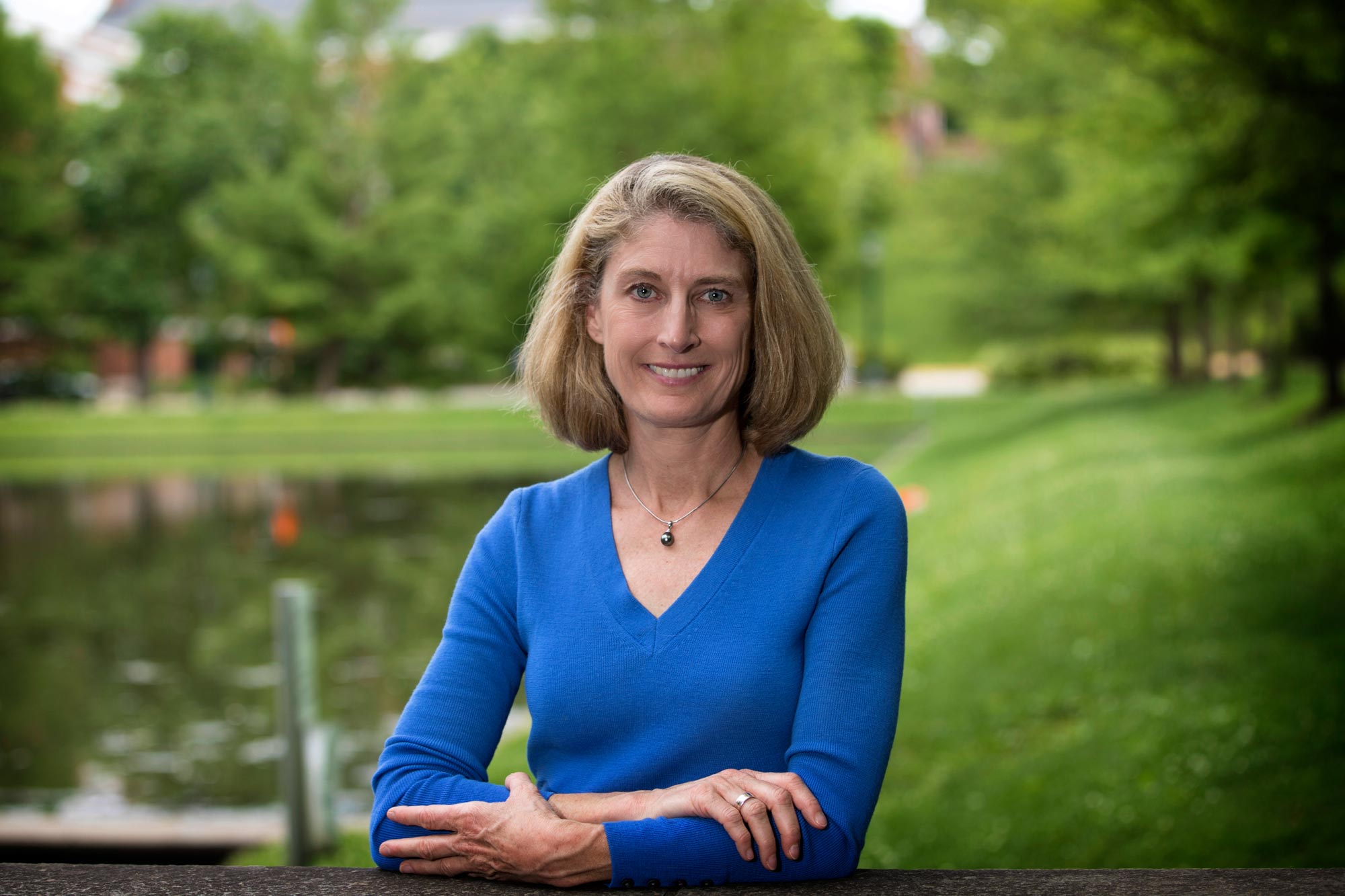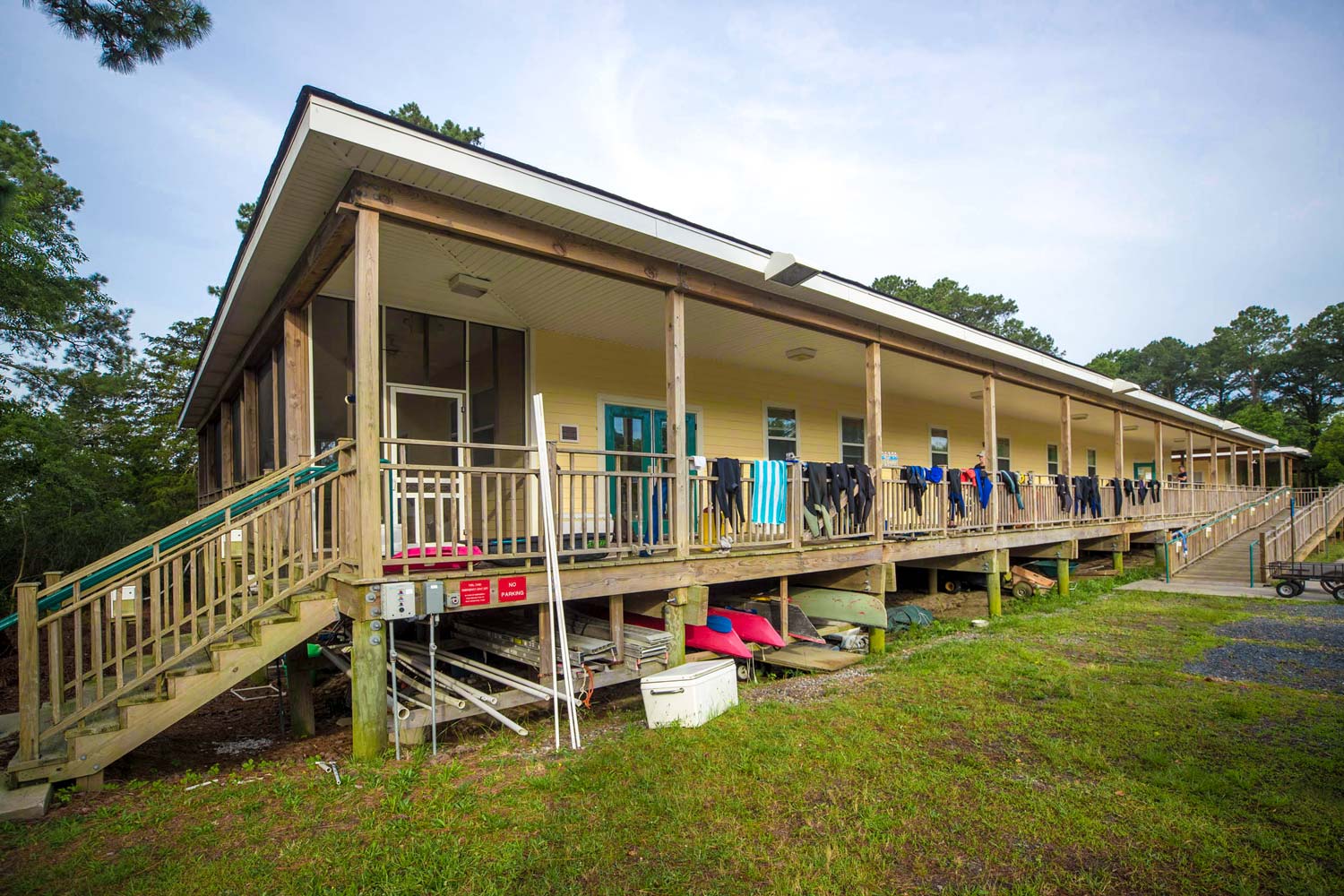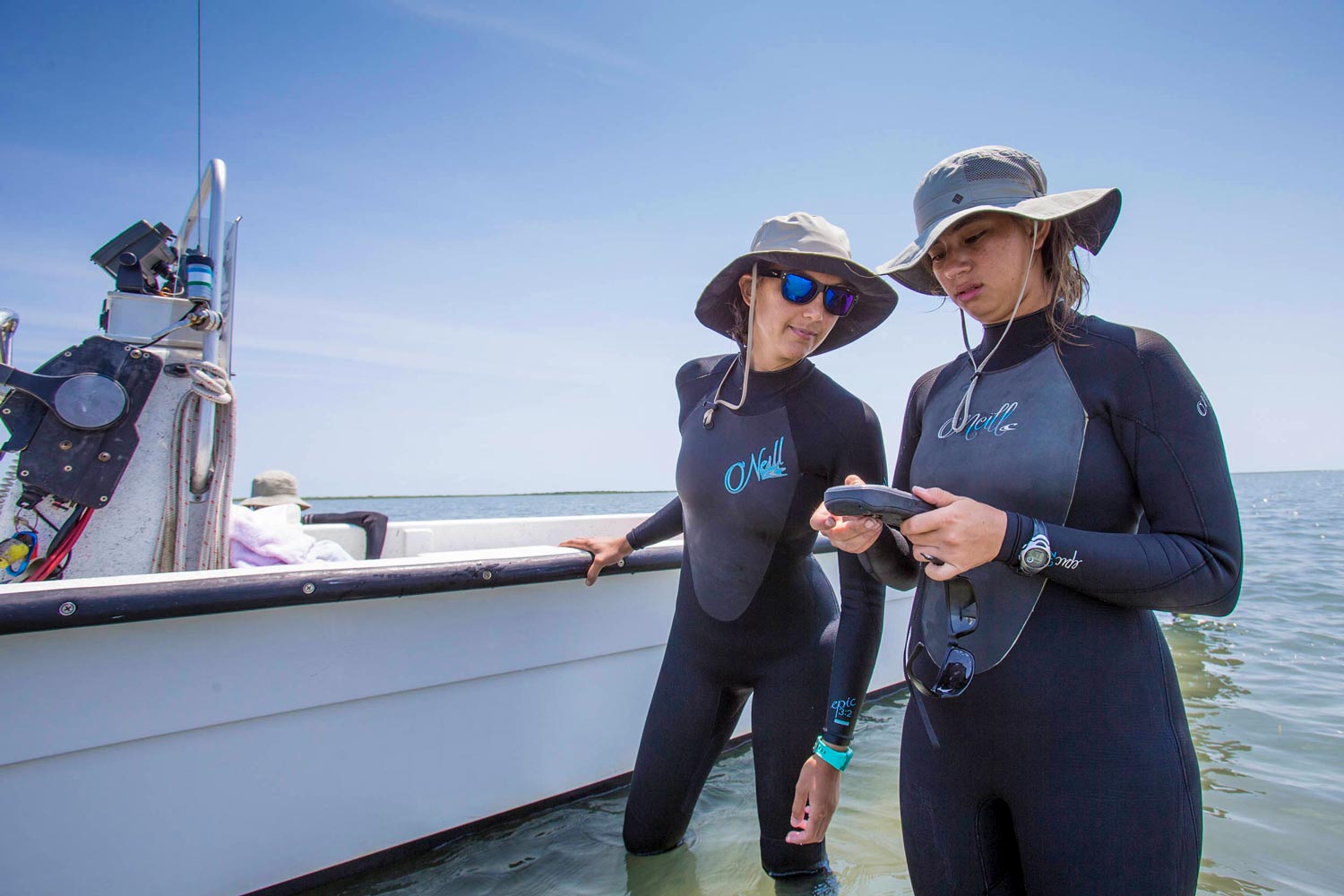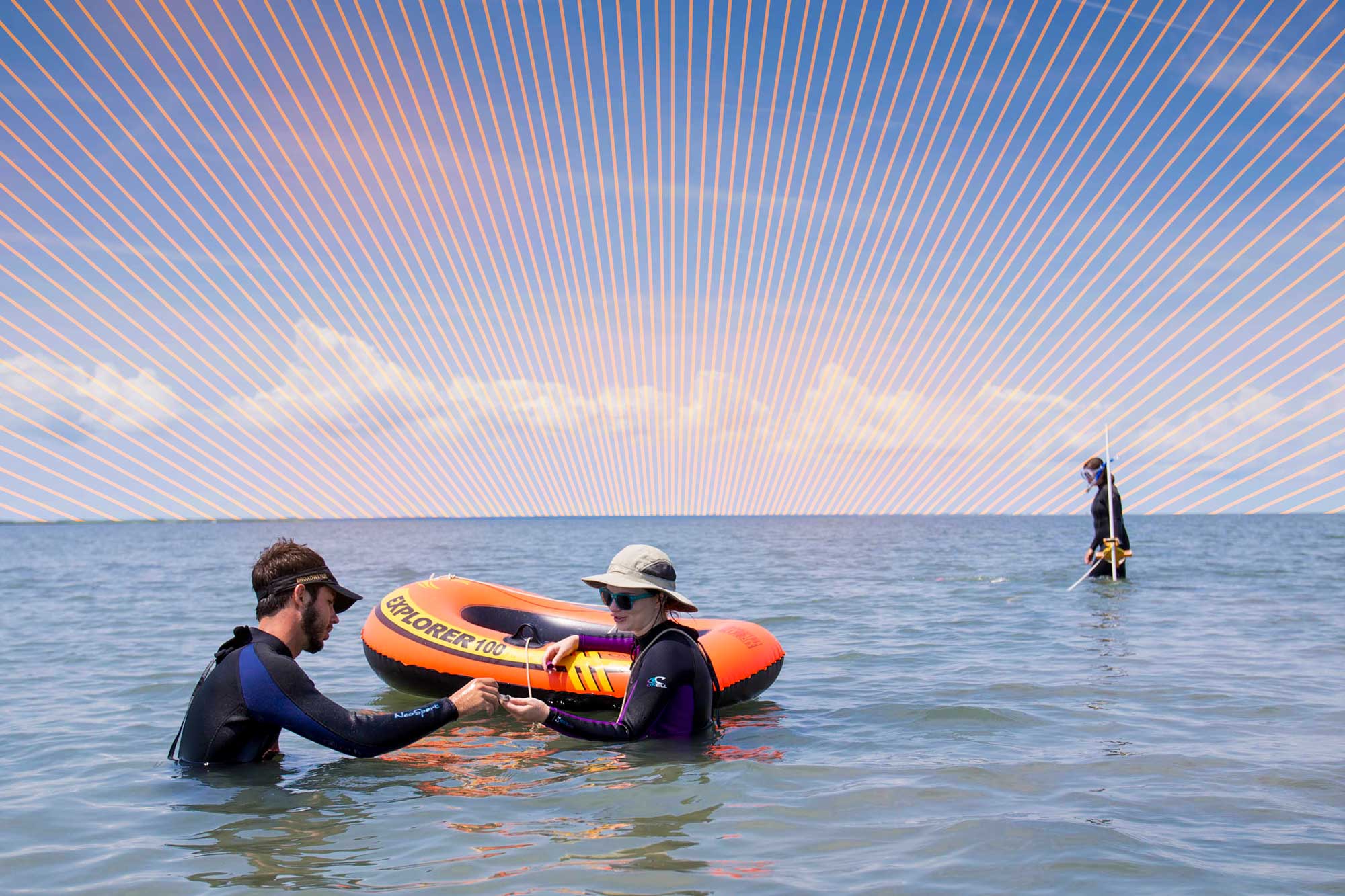More than half of the world’s population lives on the coasts and along rivers. Major cities around the world increasingly are affected by severe storms, flooding and declining water security. Studies suggest it will get worse before it gets better, and likely only through human intervention. But what kind of intervention?
Understanding the environment, how much change is natural and how much is caused by human activity, the ways a changing global climate affects societies, and what actions we can take to create a more desirable future is a complex challenge requiring the actively collaborating investigative minds of researchers and practitioners in many disciplines – the environmental sciences, economics, public policy, engineering, architecture, international law, behavior, the humanities, education, and others.
“Environmental change is one of the biggest issues the world is facing, and it cannot be dealt with by people working only independently and strictly within their disciplines,” said Karen McGlathery, an environmental sciences professor, and now director of the University of Virginia’s recently established Environmental Resilience Institute. “We have to collaborate, share ideas and find solutions together. It is at the intersection of disciplines where we can truly understand how complex systems work and discover solutions that make a difference.”

Environmental scientist Karen McGlathery heads UVA’s new Environmental Resilience Institute. (Photo by Dan Addison, University Communications)
That is the point of the Environmental Resilience Institute; to bring together people with shared interests to gain new insights to changes in the environment that directly affect people.
“Our work is to build a community of researchers prepared to tackle our biggest problems from multiple angles,” McGlathery said. “We will define the problems together, create a common language, share methods, set goals, and measure our impacts.”
“Resilience,” McGlathery said, is “finding ways to help the planet and societies thrive as growing populations put increasing demands on resources and disruptions become commonplace.”
That will require researchers across Grounds, working through the institute, to accelerate the rate of discovery for outcomes that will be of practical use to environmental policy makers. The institute, established in May, is working with $2 million in University-provided seed funding to kick-start collaborative investigations that could lead to major grants from funding agencies.
Increasingly, federal agencies like the National Science Foundation are seeking to fund large-scale, big problem collaborative and multidisciplinary projects, often called “convergence” research. These kinds of projects could be game-changers in major problem areas.
“We can change the way research is done through cross-disciplinary collaboration, and the time to do it is now,” McGlathery said. “Otherwise the rapid changes to the environment that we are experiencing, such as coastal flooding, will outpace our ability to manage the consequences.”
Because challenges attributable to environmental change extend beyond environmental research alone, the institute is drawing on faculty from all 11 schools at the University and through six new cluster hires in environmental sciences, economics and politics, engineering and architecture.

UVA operates a research facility on the Eastern Shore as part of the NSF’s Long Term Ecological Research program. (Photo by Sanjay Suchak, University Communications)
Just recently two renowned scientists joined the Environmental Sciences department and the Resilience Institute. They are Scott Doney, a leading expert on climate science and ocean systems, and Lawrence Band, an innovative eco-hydrologist focused on the yin and yang of flooding and drought on natural and urban watersheds, who holds a joint appointment in the Department of Civil and Environmental Engineering. Doney and Band will work with new and established faculty across Grounds.
McGlathery also is enlisting the help of people outside the University – government, non-profit groups, and industry – the idea being to engage a broader community that will ultimately use the results to help identify problems, and work with researchers to find solutions.
Institute researchers also will pursue “rapid response” grants, meaning funding time-sensitive research and workshops that produce rapid results or address event-related issues, such as a major oil spill.
“Environmental issues need to be dealt with now, rather than the distant future,” McGlathery said. “We want the institute to be nimble and dynamic enough to be responsive to many kinds of challenges, current ones, and of the future that may be caused by our behaviors today. Our focus is proactive – anticipating, forecasting and managing a better future. UVA has a unique capacity to address environmental issues at the convergence of the liberal arts, engineering, and design, that are deeply integrated with policy, markets, and public health.”

UVA researchers are working on seagrass restoration and studies in the seaside bays of Virginia’s Eastern Shore. (Photo by Sanjay Suchak, University Communications)
The institute also is focused on training future leaders. Student and post-doctoral fellows will pursue innovative research projects at the intersection of two or more disciplines. Based on a successful model funded by a grant from the Jefferson Trust, they will be advised by faculty in two or more departments or schools. Students will also get “real world” experiences working as summer “externs” with outside partners in government and nongovernment organizations.
The institute will endeavor to link research with policy, McGlathery said, by transferring knowledge gained from studies at field sites and in labs directly to government planners and policy makers. UVA already has robust coastal research programs on Virginia’s Eastern Shore through the National Science Foundation’s Long Term Ecological Research program and in the densely populated Hampton Roads region across the Chesapeake Bay. What is learned there is translatable to how coasts around the world may be managed for sustainability, now, and deep into the future.
The University currently conducts ongoing environmental research in regions on every continent from the tropics to the poles, McGlathery said, serving as a “jumping off point” for global studies on climate change, sea-level rise, water quality, water scarcity, coastal storms and others.
“Through new hires and the establishment of this institute, UVA is poised to become one of the top universities working at the intersection of the environment and society,” she said.
Media Contact
Article Information
July 12, 2017
/content/new-institute-looks-action-face-climate-change

